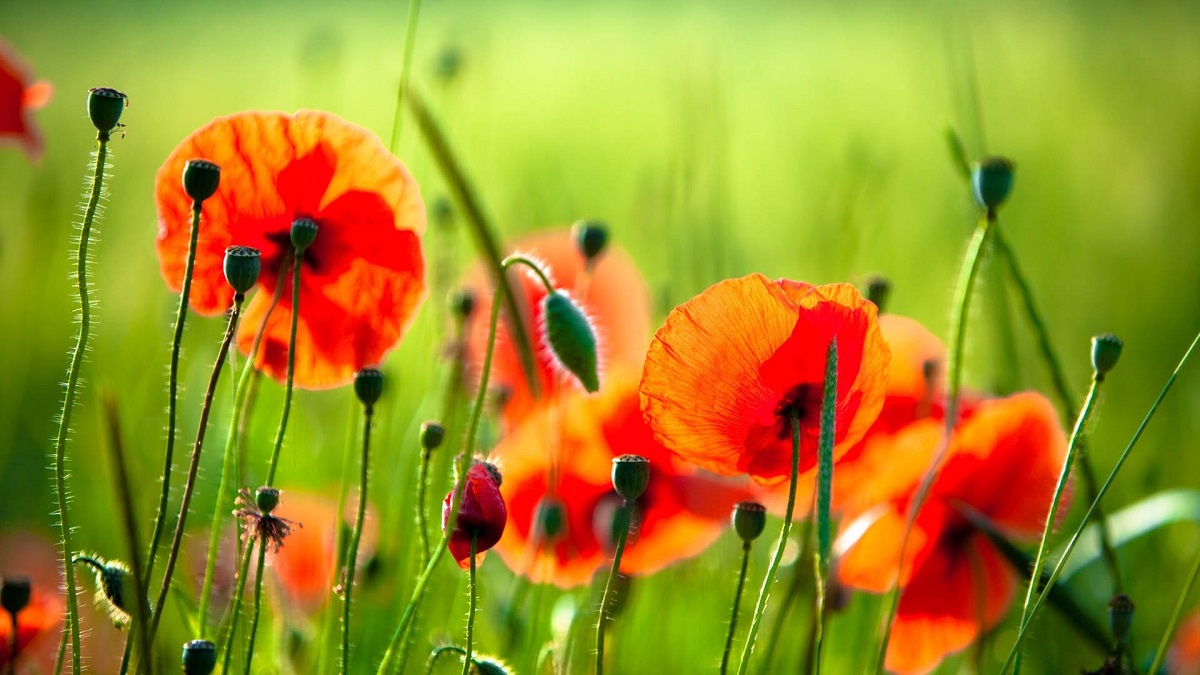Cuscuta Europaea's long, thin stems are yellowish or reddish. The flowers are arranged in compact glomerulus with few to many flowers, they have an inflorescence that is developed laterally along the stems. The calyx of 1.5 mm is in the form of a cup with 4 or 5 sepals in the shape of triangular-ovate. The corolla of 2.5–3 mm (0.098–0.118 in) is pink, with 4 or 5 lobes at some level. The ovary is2-style sub-globosis. The stigmas are either linear or divergent. The withered corolla cappes the 3 mm wide, rounded seed capsule. Every capsule also contains 4, pale brown, elliptic, 1 mm long seeds.
This is found in the flowers Valley's deeper and middle parts. Cuscuta Europaea or Greater Dodder is a yellowish and pinkish thread-like parasite plant. This attaches to some other plant including flax, goldenrod, etc., and is nourished by the plant that supports this. On various species of plants, larger dodders are found to twine. In India, it’s found from Kashmir to Sikkim in the temperate Himalayas. Greater dodder can be regarded as an emerging threat to Valley of Flowers plant diversity.
Quick info:Location in the valley of flowers: On the way to Hemkund Sahib
Flowering season: June to July









